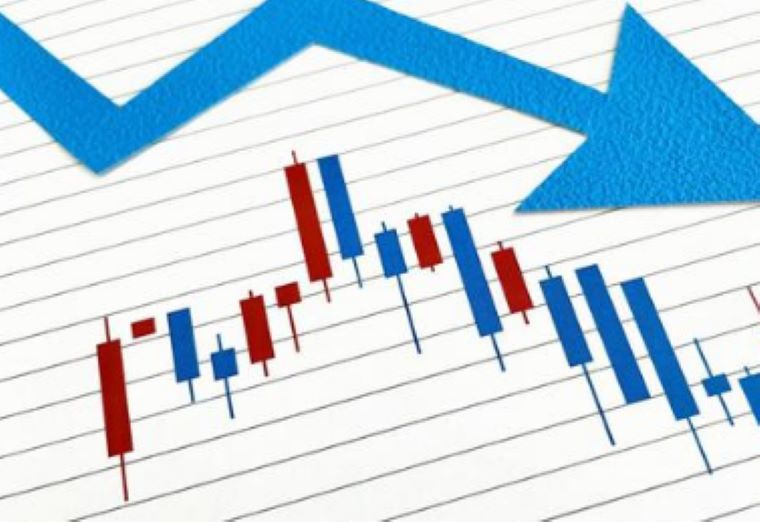3 min to read
The USDJPY pair displayed remarkable resilience
holding steadfast around the 149 yen mark.

“In today’s New York forex market, we witnessed a temporary weakening of the US dollar’s strength”
However, the USD/JPY pair displayed remarkable resilience, holding steadfast around the 149 yen mark. This shift in market sentiment can be attributed to the release of September’s ADP employment data, which fell significantly below expectations. Consequently, we observed a corresponding decrease in US bond yields, resulting in a momentary pause in the dollar’s bullish momentum.
The preceding day’s session in the New York forex market saw the USD/JPY pair undergo a turbulent journey. Following unexpectedly robust US employment figures, it briefly breached the psychologically significant 150 yen threshold, only to be swiftly pushed back down by rapid selling pressure. While speculation regarding potential intervention by Japanese authorities has been mounting, notable figures like Finance Minister Suzuki and Financial Bureau Chief Kanda have remained tight-lipped on the matter. This uncertainty surrounding the prospect of intervention has cast a considerable psychological impact on the market.
Reports indicate that the probability of Japanese authorities intervening in the foreign exchange market following the recent New York session remains relatively low. This assessment is grounded in calculations derived from the Bank of Japan’s forecasts for the current account balance and private sector estimates. It’s noteworthy that during last year’s substantial yen-buying intervention in September, a substantial disparity existed between the Bank of Japan’s current account figures and private sector forecasts regarding government funds flow. However, this time around, the projected current account balance for the next five days closely aligns with private sector expectations. Additionally, there are reports suggesting that the Bank of Japan is vigilantly monitoring exchange rates, often a precursor to actual intervention.
As we step into the October market, the prevailing sentiment revolves around the Federal Reserve’s persistent hawkish stance, contributing to movements such as rising US bond yields, a robust US dollar, and a bearish stock market. While expectations for further dollar strengthening and a potential retest of the 150-yen level remain robust, there are also voices of caution. These cautious voices highlight that the surge in US bond yields may have reached an overheated stage, suggesting that the dollar’s current strength may be nearing its limits.
Regardless, market participants are eagerly awaiting the release of US employment statistics scheduled for this upcoming Friday.
Turning to the Euro to Dollar (EUR/USD) pair, there is a prevailing sentiment favoring the resurgence of the euro. Although the pair temporarily dipped into the mid-1.04 dollar range and showed signs of searching for a bottom, today witnessed a rebound, bringing it back into the 1.05 dollar range. Nevertheless, the upper levels continue to present formidable resistance.
Today marked the release of the final figures for September’s Eurozone PMI and August’s retail sales. While the PMI slightly exceeded preliminary estimates, it still indicates a level below 50, signaling a contraction. Retail sales experienced a more pronounced decline than anticipated. Consequently, market speculation is growing regarding the possibility that the Eurozone economy may have entered a period of negative growth in the third quarter.
Although inflation has moderated, subdued demand and the looming prospect of job losses in the coming months have led to expectations of the European Central Bank (ECB) postponing any further interest rate hikes.
The GBP/USD pair also saw a resurgence in buying sentiment. After briefly dropping into the mid-1.20 dollar range and testing the critical 1.20 dollar level, today witnessed a rebound to the mid-1.21 dollar range. However, the prevailing sentiment remains bearish, with no significant shift observed in resistance levels at higher price points.
Today, we received the final figures for September’s UK PMI, which indicate that the economy is losing momentum and approaching a contraction phase. The overall PMI has now fallen below 50 for the second consecutive month. Coupled with the 0.5% month-on-month decline in July’s GDP, these developments suggest a weakening of the UK’s economic recovery. Looking ahead, rising interest rates are expected to pose further constraints, potentially leading to a mild economic downturn. Consequently, real GDP is likely to contract by around 0.5% from its peak in the next few quarters.
Visit XM Official Website.

